Jeroen Wijnendaele has put out the edited volume Late Roman Italy: Imperium to Regnum with Edinburgh’s EUP. Of particular interest to students of Sidonius is Adrastos Omissi’s chapter on Late Roman Italy in Latin Panegyric (pp. 454-74).
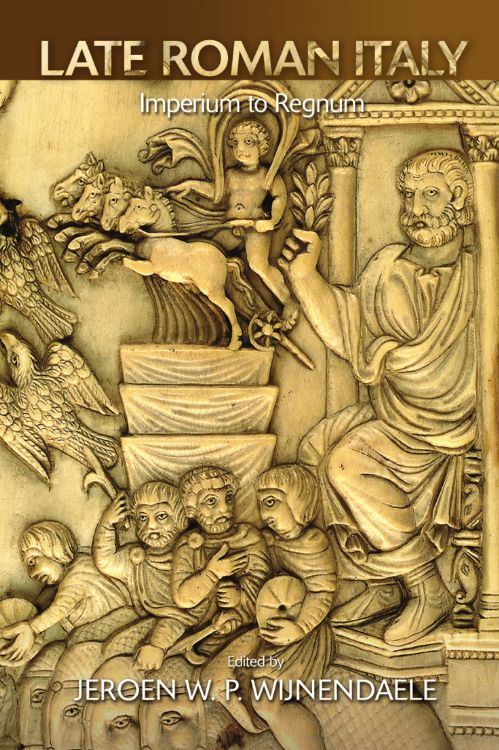

Jeroen Wijnendaele has put out the edited volume Late Roman Italy: Imperium to Regnum with Edinburgh’s EUP. Of particular interest to students of Sidonius is Adrastos Omissi’s chapter on Late Roman Italy in Latin Panegyric (pp. 454-74).
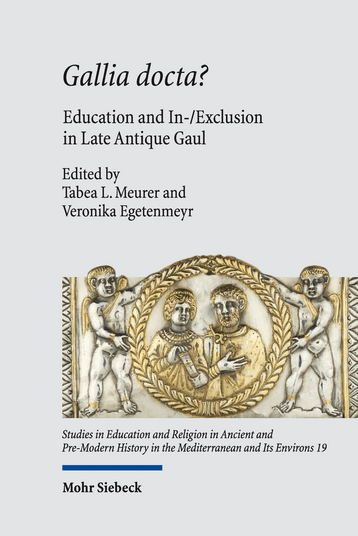
Tabea Meurer and Veronika Egetenmeyr have published a selection of the papers given at the Gallia docta? conference of March 2021 (Greifswald, online): Gallia docta? Education and In-/Exclusion in Late Antique Gaul.
Contributions specifically concerning Sidonius include articles by Hendrik Hess, Judith Hindermann, Alison John, Gernot Michael Müller and Willum Westenholz. Joop van Waarden rounds off his ‘you’ and ‘I’ cycle.
Further details and an open access PDF here

Manuscript Paris IRHT, collection privée 347 (formerly Schøyen Collection 246; Dolveck #53 in the Sidonius Companion, p. 527), is now freely accessible online.
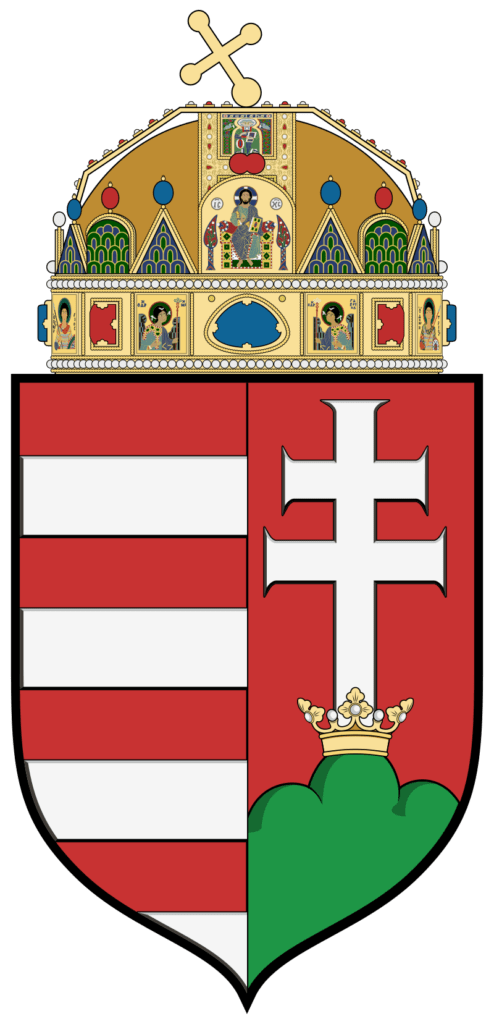
Ágnes Horváth, ‘Sidonius a középkor és a reneszánsz magyar irodalmában’, Antikvitás & Reneszánsz 9 (2022) 69-86, discusses Sidonius’ role in the Hungarian literature of the Middle Ages and the Renaissance.
Read here

Ágnes T. Horváth, ‘Supplements to the Ancestry of Sidonius Apollinaris’, Chronica 22 (2023) 154-63, investigates Sidonius’ ancestry and the gens Sollia.
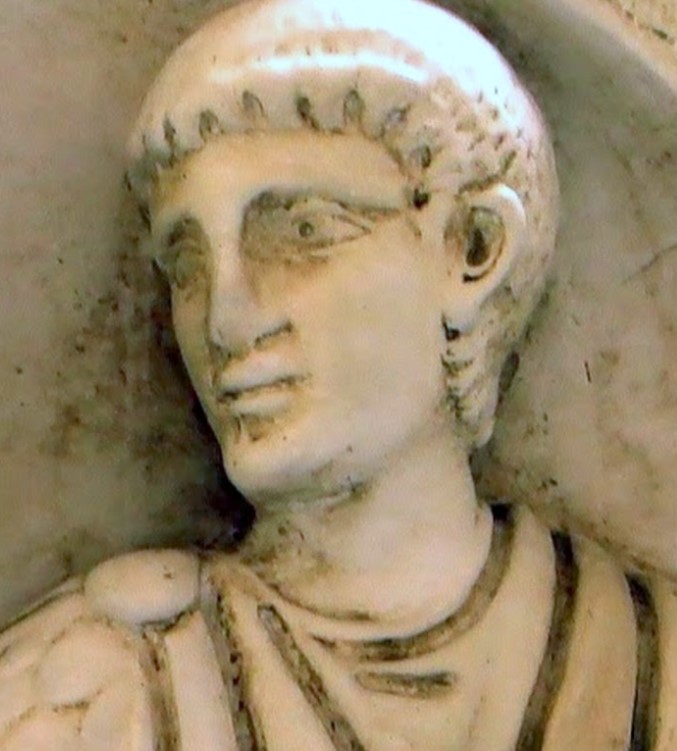
Mehmet Yilmazata wrote ‘Notes on Flavius Aetius, “The Last of the Romans”: A Representation in Historiography’, Journal of Ancient History and Archaeology 9 (2022) 53-75.
Online here
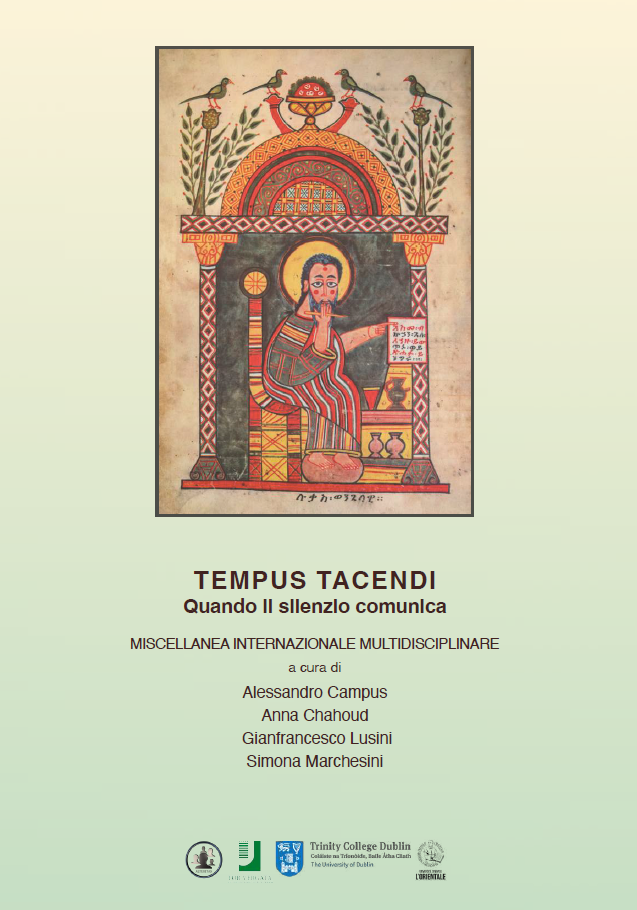
Ian Wood writes on Sidonius’ silence in his letters about activities mentioned in his epitaph:
Causarum moderans subinde motus
Leges barbarico dedit furori;
Discordantibus inter arma regnis
Pacem consilio reduxit amplo.
Ian Wood, ‘The Silence of Sidonius’, in: Alessandro Campus et al. (eds), Tempus Tacendi. Quando il silenzio comunica, Verona: Alteritas, 2023, 213-28.
Download the volume from Alteritas or from Academia
See also Wood 2016, 2017, 2020, 2021.
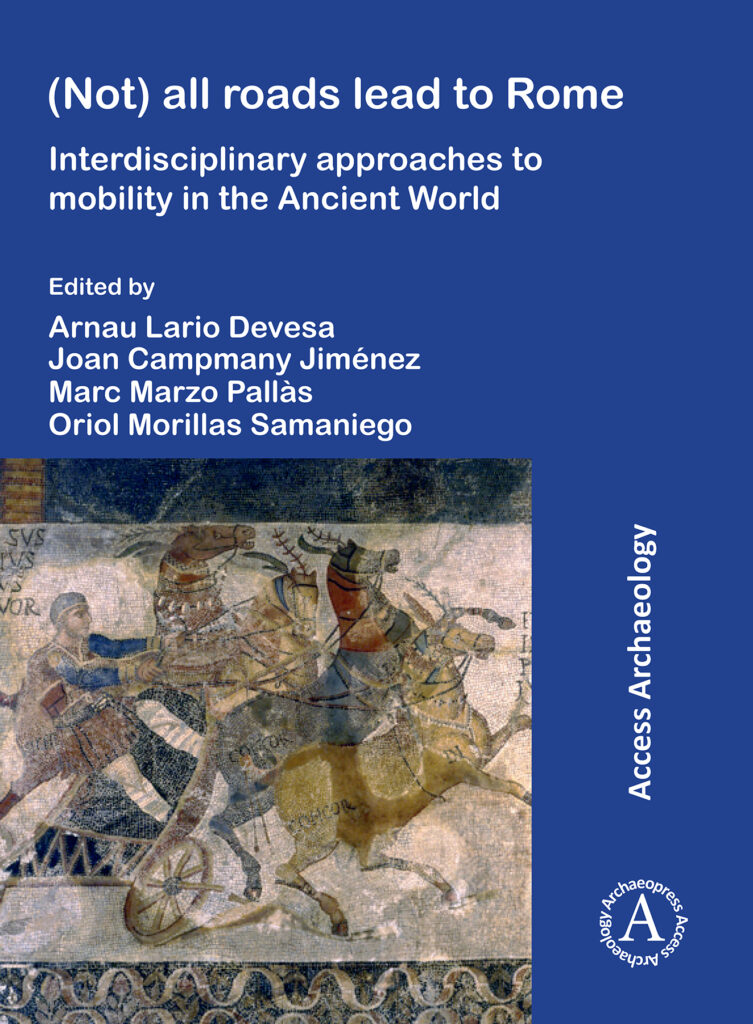
Àngel Rodríguez García writes on ‘Episcopal Correspondence in Fifth-Century Gaul: Leadership in Times of Crisis’, centered on Sidonius, in an edited volume (Not) All Roads Lead to Rome: Interdisciplinary Approaches to Mobility in the Ancient World (Oxford: Archaeopress, 2023), 168–178.
See the publisher’s catalogue
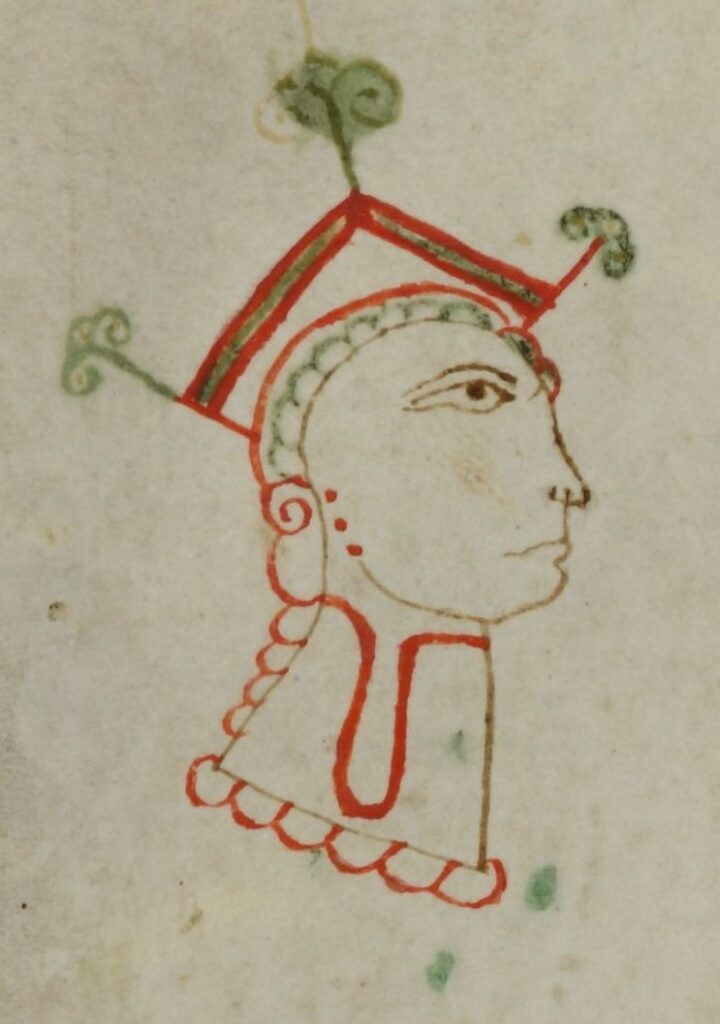
Now online the Sidonius manuscript Universitätsbibliothek Leipzig, Rep. I 48. It contains the Epistulae and the Panegyrics of Anthemius and (partly) Majorian (Carm. 1-5.21) (late 12th or 13th cent.). It is number D21 in Dolveck’s census, Sidonius Companion p. 516.
Find the link on the Manuscripts page.

Sidonius’ Presumed Epitaph: Two Manuscripts, Two Fragments of Stone, and Many Questions
The Sidonius Companion announced an article by Patrice Montzamir on the epitaph ‘attributed to Sidonius Apollinaris’ (p. 15 with n. 13). It is here now, finalised on behalf of the Companion project and published on the sidonapol.org website courtesy the author. It explores in depth all we know about the epitaph to reach the following conclusion:
Before the discovery of CP 347, the situation, as stated above, was relatively simple because we had only one witness of the full text of the epitaph attributed to Sidonius. With this new manuscript and its different readings, many questions have reappeared. I think there are serious reasons to doubt the dating given by the manuscripts. Firstly, because the date of the twelfth of the Kalends of September is only found in the martyrologies of Clermont and we have no proof of it before the tenth century, whereas the oldest martyrologies place Sidonius at the tenth. Secondly, because the text of the epitaph better suits Sidonius’ son, even though his biography is incomplete. Of course, without the full stone of the epitaph, we will never be totally sure. For the moment, weighing everything, I am inclined to think that the epitaph attributed to Sidonius is rather the epitaph of his son, Apollinaris, or maybe, but less probably, their shared epitaph.
The article also comprises several illustrations and tables as annexes. The entire dossier is available for download here.